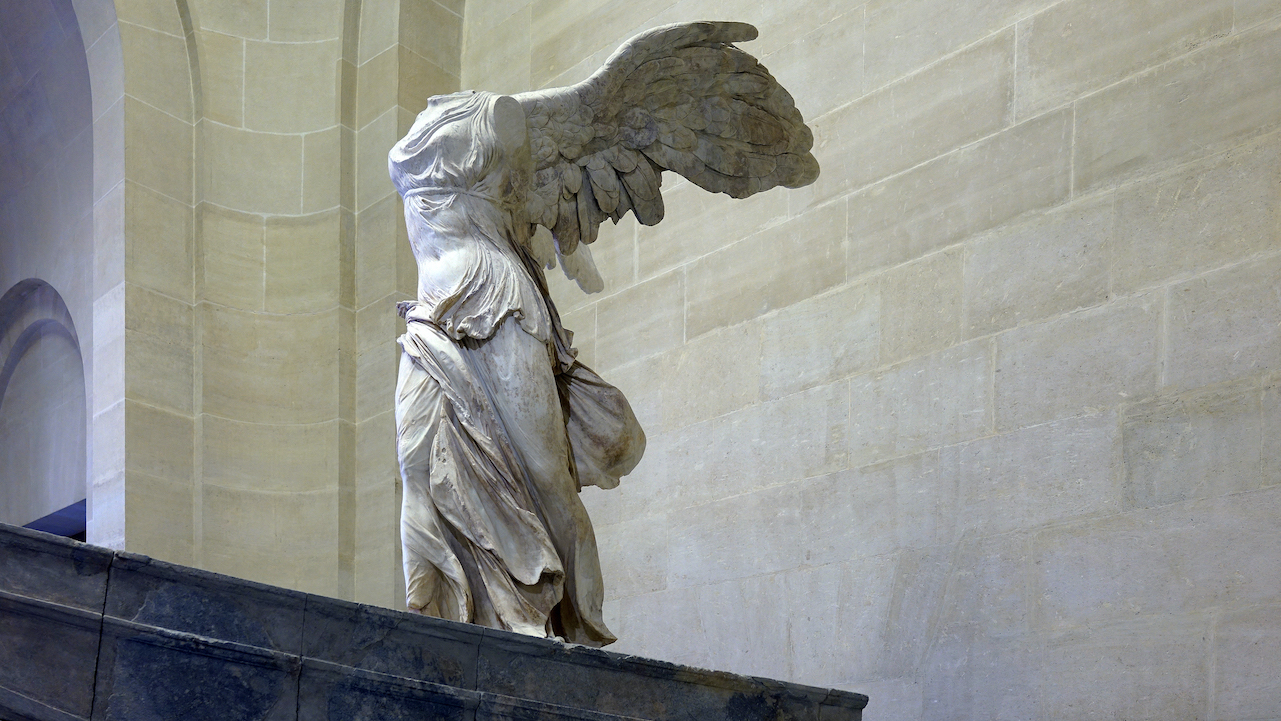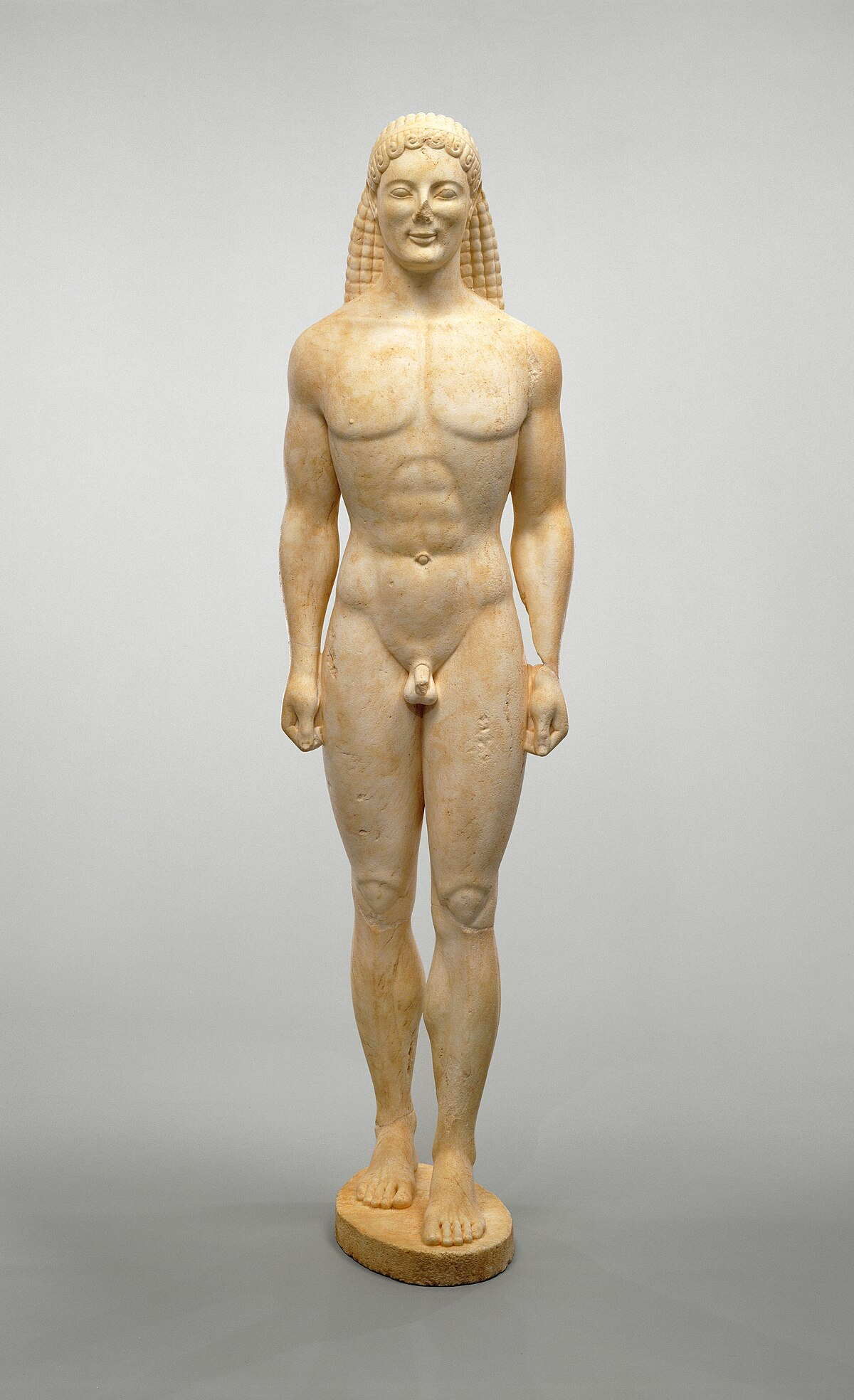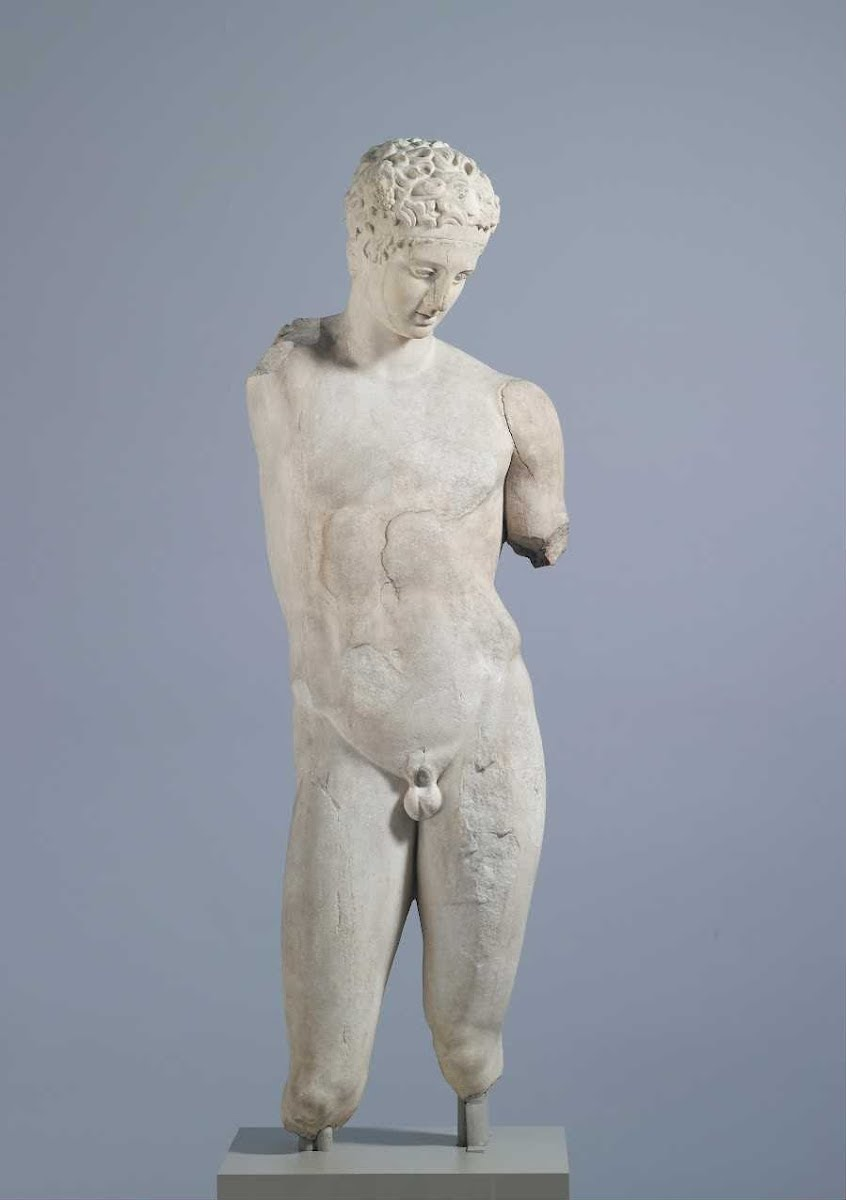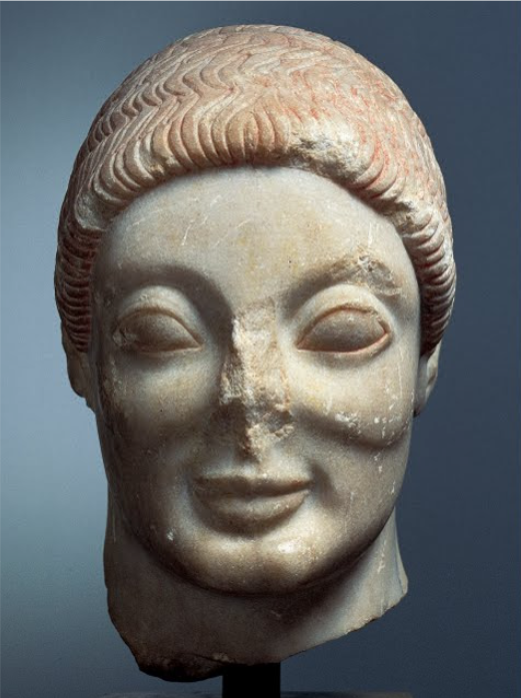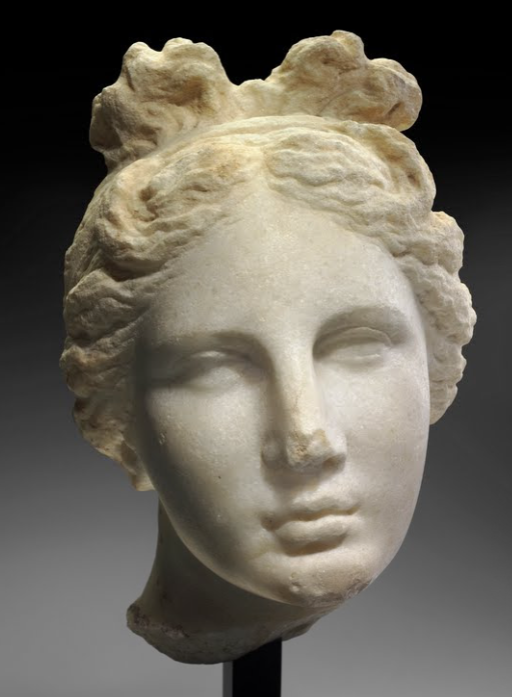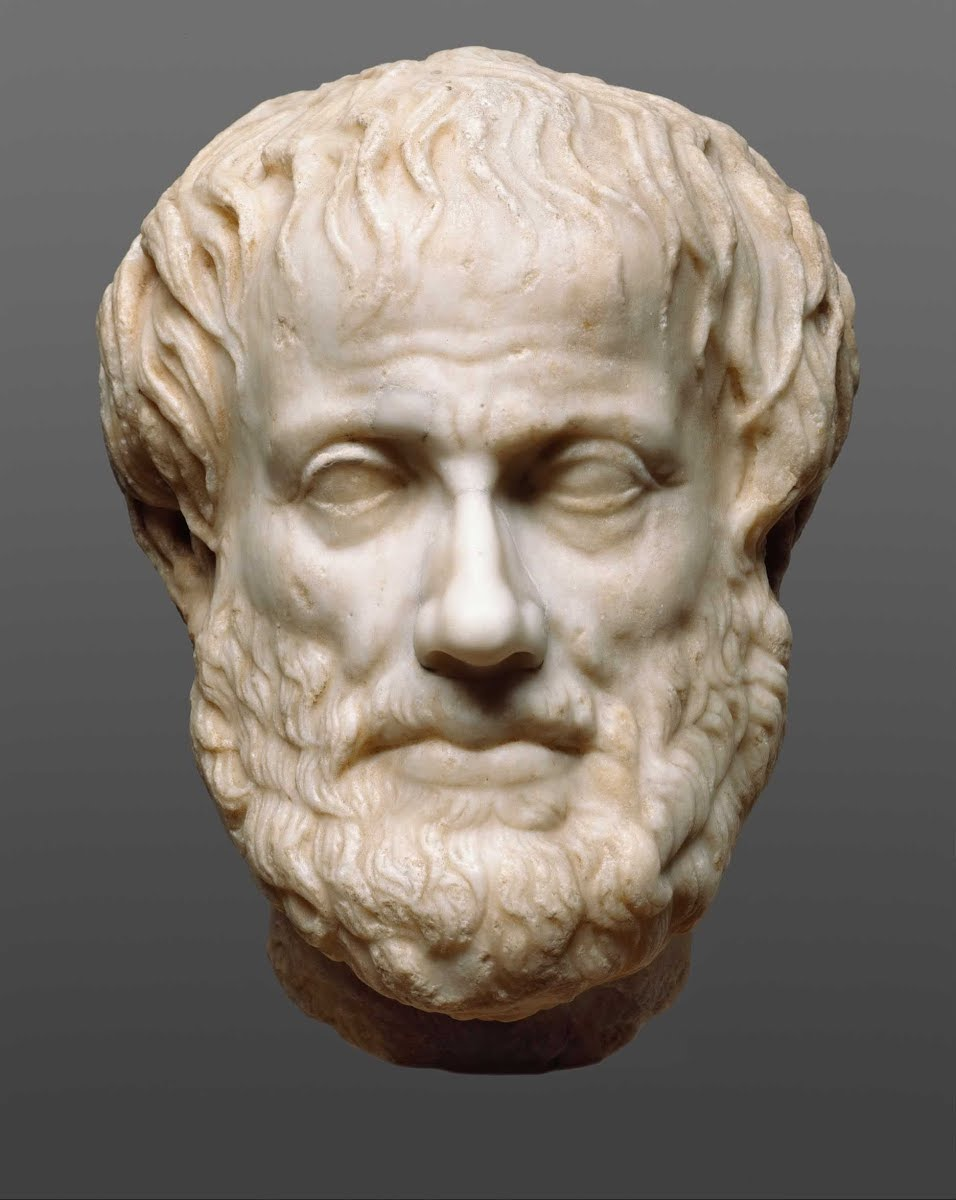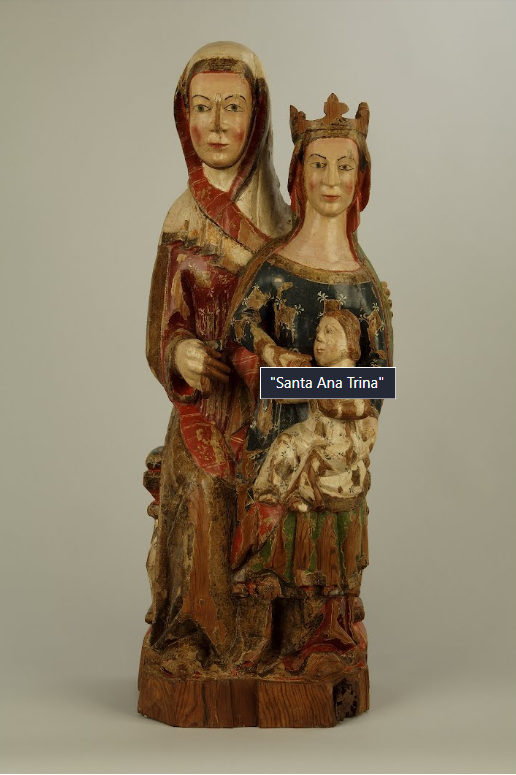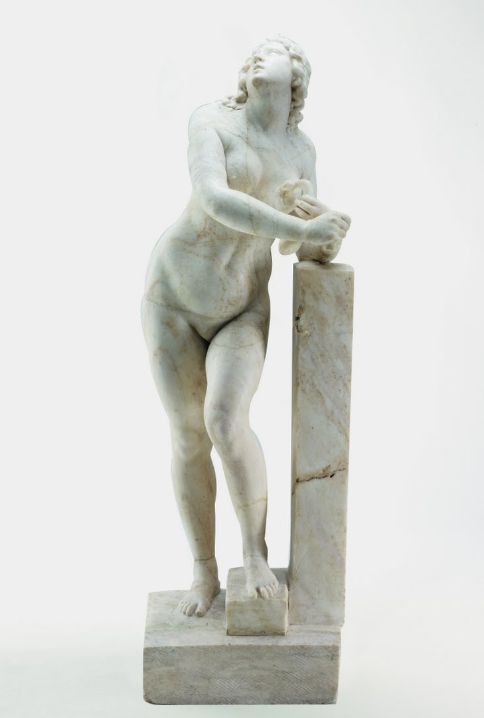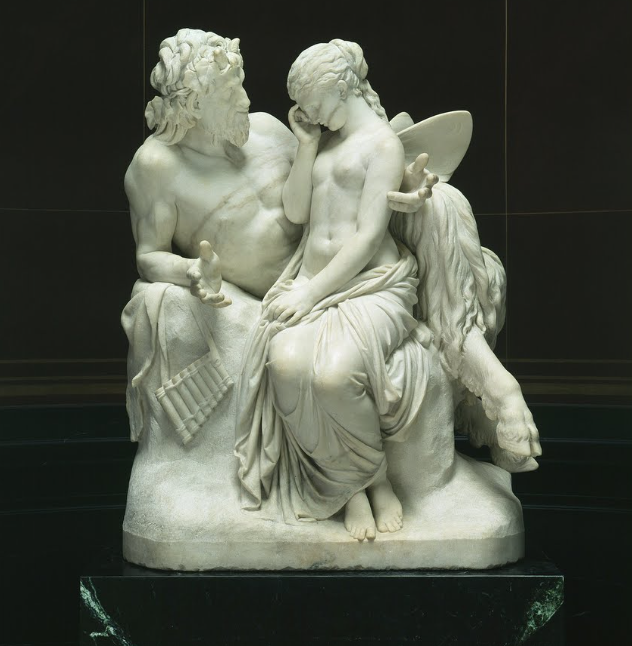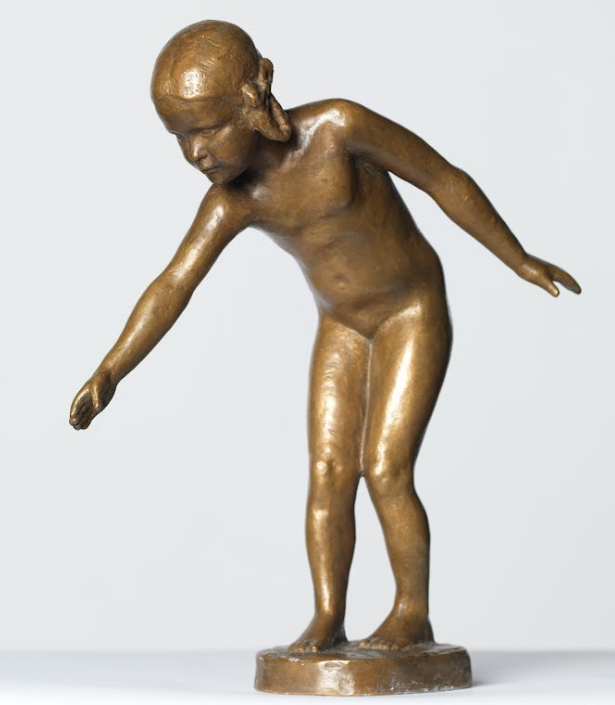In Ancient Greece, sculpture underwent profound stylistic development over several centuries, evolving through the Archaic, Classical, and Hellenistic periods.
The rigid, emotionless, and often static poses of Archaic sculptures eventually gave way to the idealized beauty and flourishing realism of Classical art, before culminating in the distinctive naturalism, emotion, and dynamism of Hellenistic sculpture. This cycle, moving from stiffness to realism and finally to dynamic expression, was echoed over a millennium later in the artistic movements of Medieval, Renaissance, and Baroque periods.
Medieval statues often lacked distinctive individual details, instead favoring idealized, universal stances or body postures. Renaissance art rediscovered Classical Greece, with sculptures crafted to suggest ideal beauty in a more natural, graceful way. Baroque art, like Hellenistic, sought to capture the dynamic human spirit—movement and emotion—in sculptures marked by exquisite detail and heightened technical skill, creating the illusion of light, shadow, and weight in marble.
History has shown that artistic development can be a cyclical process, producing works that continue to delight the eyes and minds of their viewers, while inspiring both artists and audiences to embrace and challenge the movements to come.
Statue of a Kouros, circa 530 BCE or modern forgery, from the J. Paul Getty Museum
The Kouros statue was a common practice in Archaic Greek sculpture. The figure depicted is not a specific person, but an idealized youth. The figure is emotionless and static, both hallmarks of Archaic characteristics.
Satyr Pouring Wine, Roman, Original: circa 370-360 BCE, Roman copy: 1st century BCE - 1st century CE (Classical-Roman), from The Walters Art Museum
This Classical statue has evolved into a more naturalistic posture while maintaining the idealized beauty of Archaic sculptures. The face is more realistic, beginning to show traces of emotion.
Aphrodite and Eros, unknown artist, 100 BCE - 0 CE, from the Kunsthistorisches Museum Wien collection
This Hellenistic piece is far more detailed than earlier works. Idealized beauty is still prominent but projected more dynamically through the "transparency" and "weight" of the marble.
Head of a Young Man, unknown artist, 528-518 BCE, from the Ny Carlsberg Glyptotek collection
This Archaic head again shows the idealized form of a young man, but lacks the distinct features of an individual person. The face is simply carved from marble, still missing realism.
Head of Aphrodite ("The Bartlett Head"), unknown artist, circa 330-300 BCE, from the Museum of Fine Arts, Boston collection)
This Classical head is far more refined than the Archaic piece before. The facial features are fully distinguished from the marble, yet still depict a universal, unusual beauty.
Head of Aristotle, unknown artist, 25 BCE - 75 CE, from the Kunsthistorisches Museum Wien collection
This Hellenistic Aristotle brims with naturalism and individuality. The lines of wrinkles, sunken cheeks, bald head, deep-set eyes, and downturned mouth all provide a realistic portrayal of the philosopher.
"Santa Ana Trina", unknown artist, 1301-1399, from the Museo Nacional de Escultura collection
This Medieval piece bears some resemblance to the Archaic. The individuals depicted are recognizable only through religious iconography, but still show emotionless, universal faces and poses.
Cleopatra, Giovanni Maria Mosca Padovano, circa 1515-1525, from the Kunstpalast collection
This Renaissance Cleopatra draws on Classical style with her idealized, universal beauty, represented in a more naturalistic stance. Her face and posture are more detailed, with faint emotion visible.
Pan Comforting Psyche, Reinhold Begas, 1857-1858, from the Alte Nationalgalerie, Staatliche Museen zu Berlin collection
This Baroque piece, like the Hellenistic, surpasses its Renaissance/Classical counterpart in emotion and movement. The characters appear alive, and their emotions of fear and comfort are evident.
Wading Girl, Victor Malmberg, 1920/1930, from the EMMA – Espoo Museum of Modern Art collection
This Modern piece seems to combine elements from all the previous works: her face is simple and universal. Her body proportions are ideal, suggesting beauty, but her pose indicates curiosity and exploration.
The evolution of sculpture from Ancient Greece through to the Baroque and modern periods highlights a recurring cycle in art: from rigid idealism to naturalism and ultimately to emotional dynamism. Archaic Greek sculptures were defined by their stoic, static forms, which evolved into the more lifelike and idealized beauty of Classical sculpture. Hellenistic art pushed the boundaries even further, capturing dynamic emotion and movement. Similarly, the Medieval period returned to more abstract, universal forms, followed by the Renaissance's rediscovery of classical naturalism, and finally the Baroque era's embrace of emotion and intricate detail.
This cyclical progression illustrates how different periods of art draw inspiration from their predecessors while adding new dimensions of expression and technique. It underscores the timeless quest of artists to capture the essence of the human experience, whether through serene idealism, natural realism, or dramatic emotional depth. Through the centuries, the sculptures created in these periods continue to captivate and inspire, serving as a testament to the enduring power of artistic innovation.

